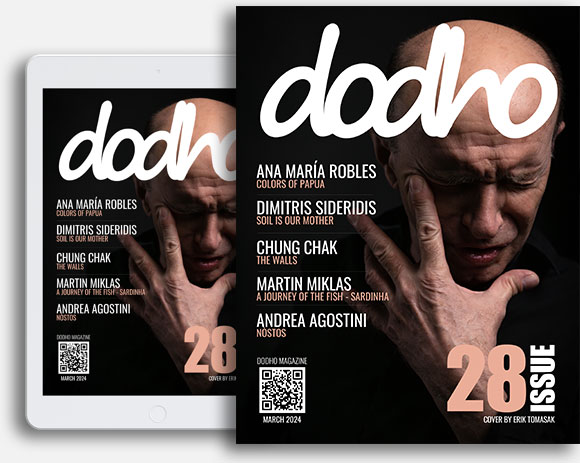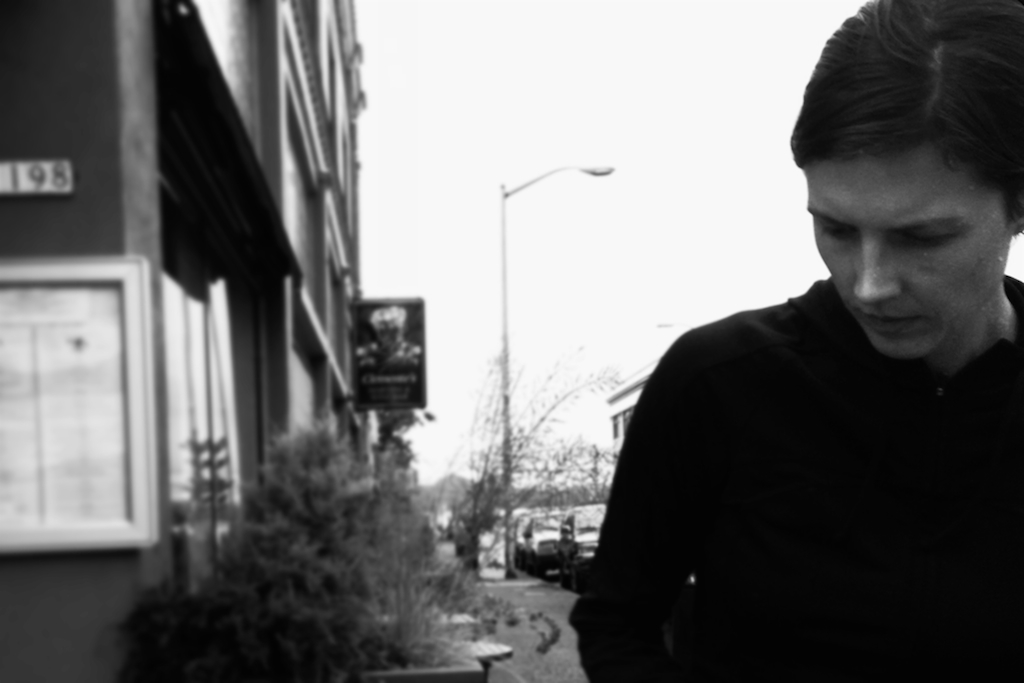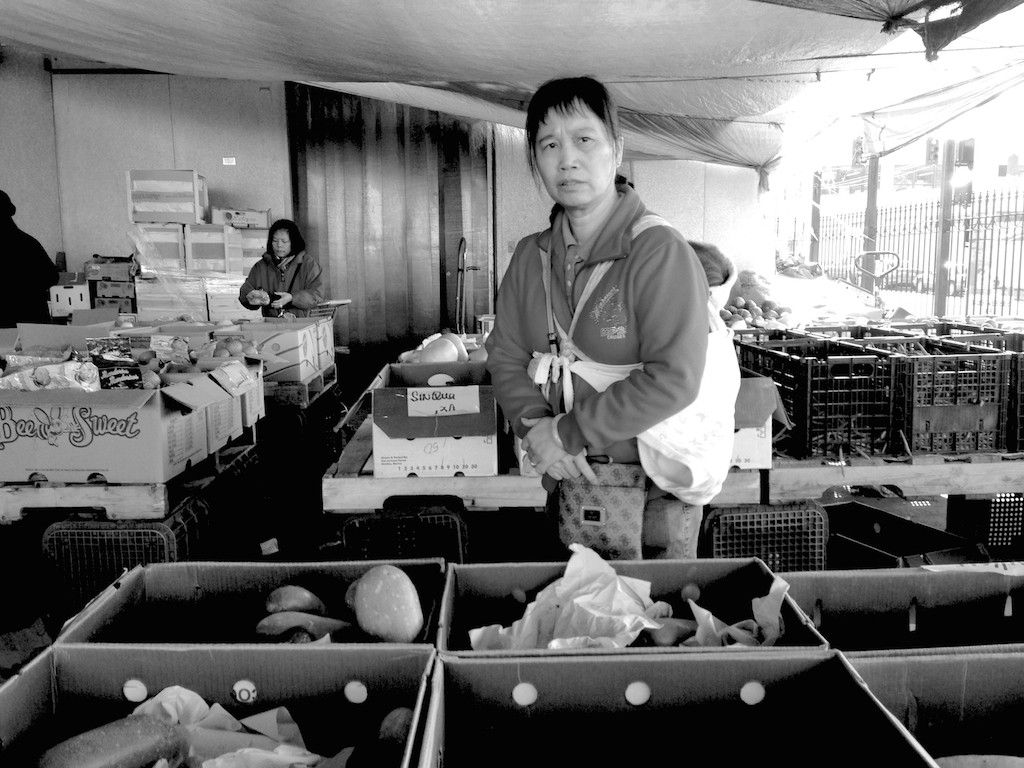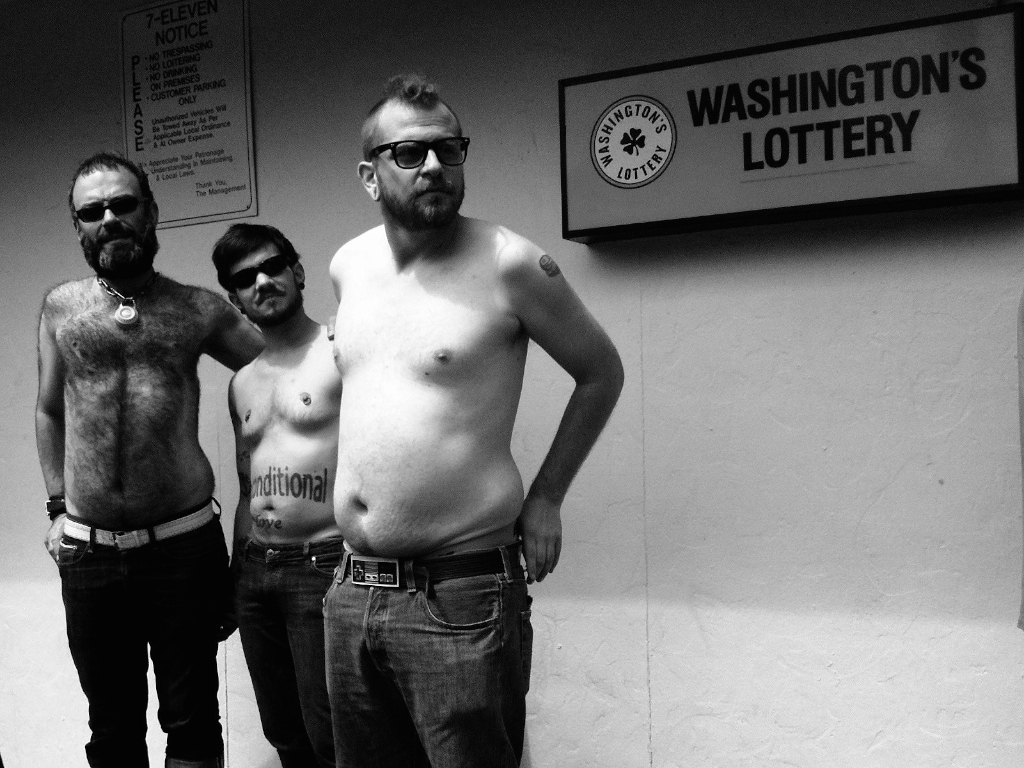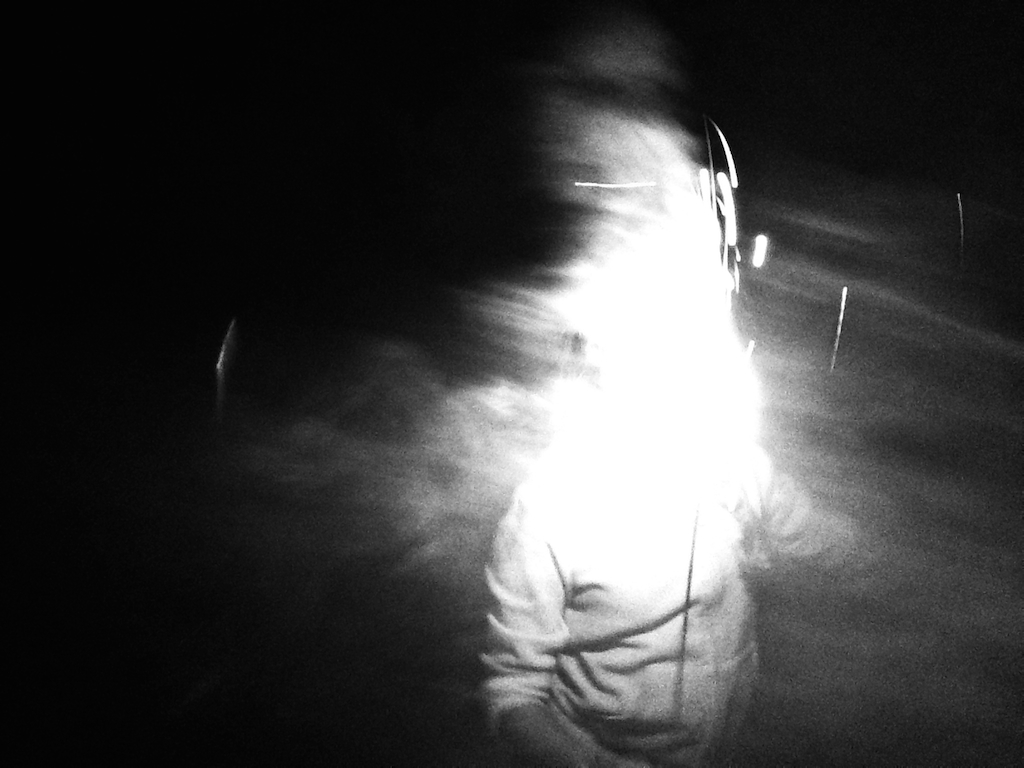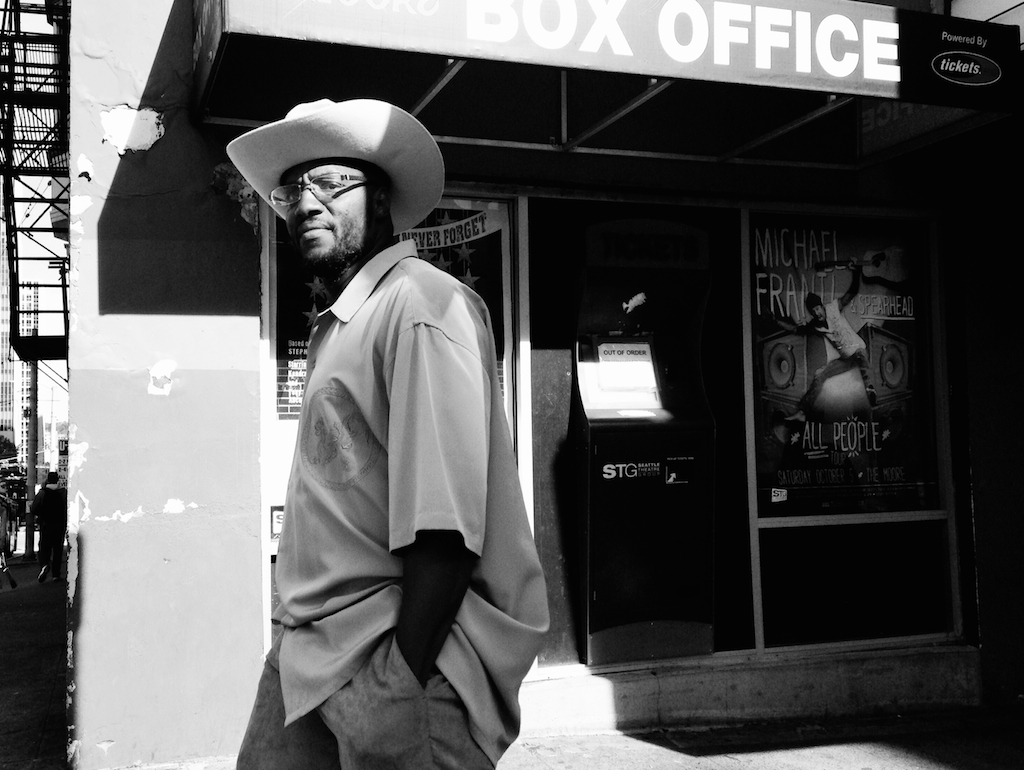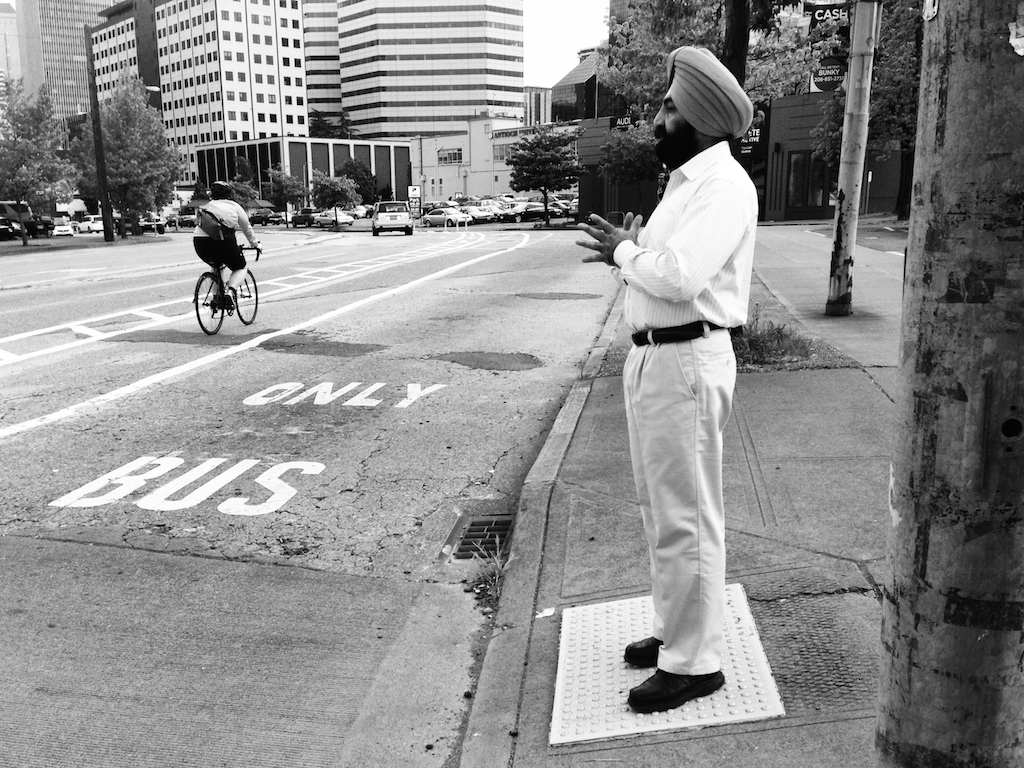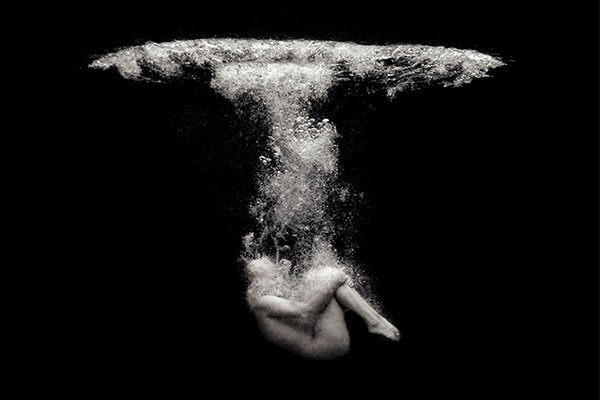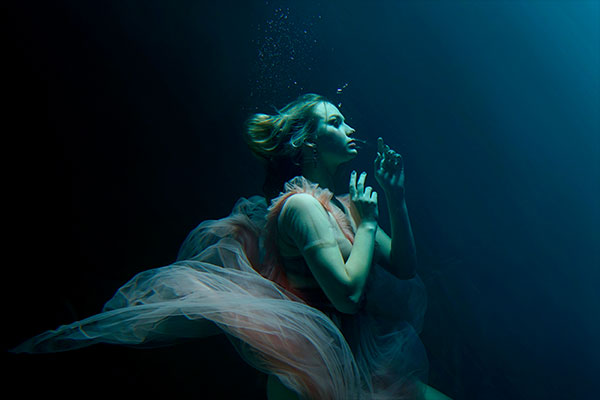Star Rush is portrait and documentary photographer and writer. Believing in the power of story and images to connect people, she communicates complex ideas in the most direct way possible.
Can you tell us a little about yourself?
I’m a photographer and writer in Seattle, Wash. I’m also an educator currently working in administration at Cornish College of the Arts. I’m lucky to be able to surround myself in the arts both in my own practice and in learning situations with students, who are inspiring. My photography is a personal expression of how I see the world and my place in it; it’s a means to tell visual stories. Most of my work is in the area of documentary or fine art.
How did you get interested in photography?
Since childhood, I’ve been drawing to photography and visual language. In the past, and even now, I enjoy the mechanical aspects of film photography and the camera as “object” situating relationships among light, context, space and time. After some absence from my personal practice, mobile photography drew me back into photography as a serious means of personal expression.
Have any artist/photographer inspired your art?
I’m a self-taught photographer, so much of what inspires me, I find myself via experience, referrals from others, and serendipity. I’m a fan of those in the classical vanguard, such as Robert Frank, Gary Winogrand, Diane Arbus, Lee Freelander, Eve Arnold, Jane Brown, and so many others. I am mostly drawn to and comfortable expressing myself in the vocabulary of monochrome, but now and then, try to challenge myself to learn color.
Could you please tell us anything about your technique and creating process?
The majority of my photography is done on a smartphone. I enjoy most the processes of observation, framing, composition, and the relationships between photographer/camera/subject. I am less interested in editing or post-process. I prefer to work in spontaneous and candid situations and never work in studio. I would prefer to capture as much in-camera as possible and limit post-production work to its absolute minimum.
Describe your ideal photographic situation
My ideal situation would involve me walking through a city or town unfamiliar with me, watching people’s behavior, observing interactions among strangers and intimates in the urban landscape. Good light, slow day, a lot of walking: these would make a lovely day.
How much preparation do you put into taking a photography?
Since most of my photography is candid, my preparation is fairly constant. Candid work doesn’t always mean being lucky—it means being prepared by cultivating habits that hopefully over time become habitualizied: observing the space, observing people, anticipating what comes next, gaining visual vocabulary to become increasingly fluent, being prepared to see a photograph, especially without a camera. I spend the majority of my time thinking about photography, composition, intentionality. Then, a good amount of time actually taking photographs. Lastly, my goal is to spend no more than 10 minutes in any kind of post-production work.
What’s your useable-to-unusable ratio when you review images from a shoot?
Most often, 5:1.
What quick advice do you have for someone who wants to improve his or her photography skills?
1. slow down and cultivate deliberateness
2. consider that photography is about how the photographer sees not what the camera can or can not do
3. look at a lot of photographs from others to note what you like and why
4. shoot a lot of photographs
From time to time many photographers find themselves in a creative rut or uninspired to shoot. Does this ever happen to you and if so how do you overcome these phases?
Yes, it does. I think it’s okay to sometimes not express yourself by taking photographs. In those times, I continue to look at and study work, photographers, histories and try to learn about what others are doing. The act of learning, stretching myself seems to help me locate the inspiration to say something, to try something. It also helps to take some kind of photograph every day as much as possible—not a good photograph, just a photograph. I had a long break from street photography last year, and it’s just within the last month that I’ve felt I have something to say in the genre again.
What future plans do you have? What projects would you like to accomplish?
I’ve just started a new position at the college, so I’m fairly busy getting myself situated there. However, I have some long linger photography projects to return to, such as an photo essay that I’ve had for some time that involves documenting the stories of newly naturalized U.S. citizens. I’ve recently spent time in a more rural, country setting, and I want to spend time immersing myself in that environment, particularly the documenting of forestry and fisheries in southwest Washington. The rest? I’ll see what presents itself this year! [Official Website]


